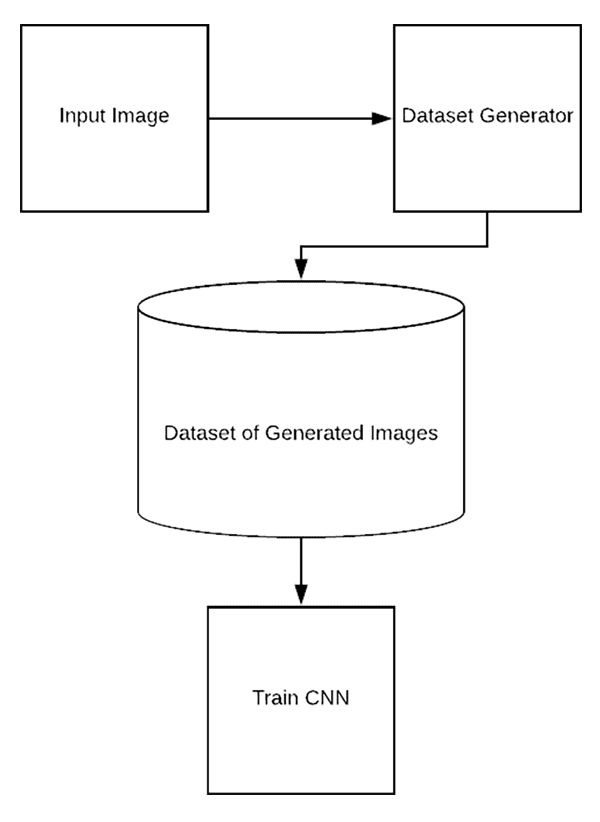

- HOW TO USE KERAS DATA AUGMENTATION GENERATOR
- HOW TO USE KERAS DATA AUGMENTATION SOFTWARE
- HOW TO USE KERAS DATA AUGMENTATION CODE
Let’s create two instances of this class: one for transformed data and one for the initial (or default). Here and below we will use the Keras ImageDataGenerator class, which allows us to do all transformations on the fly. In deep neural networks you might want to restrict your input to the range from 0 to 1, due to possible overflow, optimization, stability issues, and so on.įor example, let’s cast our data from range to range. Rescaling is an operation that moves your data from one numerical range to another by simple division using a predefined constant. Each number is usually stored as an 8-bit unsigned integer type (0 to 255). Thus, every pixel is encoded through three numbers. One dimension is for channels (red, green, and blue colors) and two other dimensions are spatial dimension. In this format the image is represented as a three-dimensional (or three-channel) array.įigure 3: RGB decomposition of the image. The images are usually stored in an RGB (Red Green Blue) format.
HOW TO USE KERAS DATA AUGMENTATION CODE
Now, let’s take a look at the set of possible transformations that are usually applied for cleaning up the data, their implementation, and influence on images.Īll the code snippets can be found in the Preprocessing.ipynb notebook. Let’s take a look at some examples.įigure 2. It contains about 1,500 examples of images divided into two classes-positive and negative. In this and following articles we will use the image sentiment analysis dataset.

All the materials including corresponding code, notebook, and Dockerfile* are located on Google Drive*. Let’s take a look at some of the possible preprocessing transformations and see how they can be implemented via Keras*. Transformations to apply are usually chosen randomly from the predefined set. By doing this one can increase the effective size of the dataset. It is the process of transforming each data sample in numerous possible ways and adding all of the augmented samples to the dataset. The data augmentation approach is useful in solving this problem. Sometimes small datasets are not enough for the deep model to learn sufficiently well. To make the learning process easier for the model, we can remove the artifacts using preprocessing. Let’s assume that you have some artifacts in the images. Generally, there are two occasions when one might want to do preprocessing: Preprocessing is the general term for all the transformation done to the data before feeding them into the model, including centering, normalization, shift, rotation, shear, and so on.
HOW TO USE KERAS DATA AUGMENTATION SOFTWARE
A Tutorial Series for Software Developers, Data Scientists, and Data Center Managers imshow ( image ) # Displaying the figure pyplot. astype ( 'uint8' ) # Plotting the data pyplot. next () # Remember to convert these images to unsigned integers for viewing image = batch. subplot ( 330 + 1 + i ) # generating images in batches batch = it. flow ( samples, batch_size = 1 ) # Preparing the Samples and Plot for displaying output for i in range ( 9 ): # preparing the subplot pyplot. datagen = ImageDataGenerator ( rotation_range = 90 ) # Creating an iterator for data augmentation it = datagen. # Importing the required libraries from numpy import expand_dims from import load_img from import img_to_array from import ImageDataGenerator from matplotlib import pyplot # Loading desired images img = load_img ( 'Car.jpg' ) # For processing, we are converting the image(s) to an array data = img_to_array ( img ) # Expanding dimension to one sample samples = expand_dims ( data, 0 ) # Calling ImageDataGenerator for creating data augmentation generator. There are mainly five different techniques for applying image augmentation, we will discuss these techniques in the coming section. And it does all this with better memory management so that you can train a huge dataset efficiently with lesser memory consumption. But here ImageDataGenerator takes care of this automatically during the training phase. Then in that case we would have to manually generate the augmented image as a preprocessing step and include them in our training dataset.
HOW TO USE KERAS DATA AUGMENTATION GENERATOR
To appreciate this Keras capability of image data generator we need to imagine if this class was not present. This simply means it can generate augmented images dynamically during the training of the model making the overall mode more robust and accurate. The major advantage of the Keras ImageDataGenerator class is its ability to produce real-time image augmentation. The ImageDataGenerator class in Keras is used for implementing image augmentation.

What is Image Data Generator (ImageDataGenerator) in Keras?


 0 kommentar(er)
0 kommentar(er)
